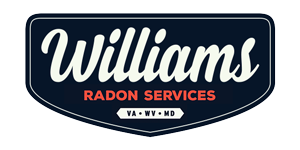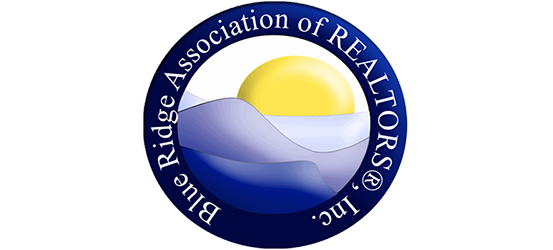Radon is a health hazard with a simple solution
Our clients are diverse, including REALTORS®, businesses, and homeowners. We work together to determine the level of radon in their property and ways to improve it, if needed. The first step of the process is testing for radon. Then, we analyze the results of the concrete radon measurement. If it is above the recommended levels, we can further design a customized radon mitigation solution for the building. Professional radon services can significantly reduce even very high levels of radon.
We are experienced with a variety of building types, including residential houses, multi-family homes and commercial constructions. Our technicians are licensed by the National Radon Safety Board to provide professional radon services, corresponding to the highest industry standards. We provide prompt testing and free mitigation quotes.
Radon Testing
Radon is a naturally occurring, colorless, odorless radioactive gas that is the second leading cause of lung cancer in the USA. Unfortunately, the only way to determine the level of radon within your home is testing. Fortunately, we are certified to test your home. The EPA recommends mitigation for radon levels in homes that are 4pCi/L or greater. The good news is, even high levels of radon can be reduced to levels considered acceptable by the EPA with proper mitigation. *
*EPA Homebuyer’s and Seller’s Guide To Radon, EPA (Revised March 2018)
Radon Mitigation
A radon mitigation system is any system or steps designed to reduce radon concentrations in the indoor air of a building. The EPA recommends that you take action to reduce your home’s indoor radon levels if your radon test result is 4 pCi/L or higher.
Radon Information
What is Radon?
Radon comes from the natural breakdown of uranium in soil, rock and water. Radon is a naturally-occurring radioactive gas that can cause lung cancer. Radon gas is inert, colorless and odorless. Radon is naturally in the atmosphere in trace amounts. Outdoors, radon disperses rapidly and, generally, is not a health issue. Most radon exposure occurs inside homes, schools and workplaces. Radon gas becomes trapped indoors after it enters buildings through cracks and other holes in the foundation. Indoor radon can be controlled and managed with proven, cost-effective techniques.
Breathing radon over time increases your risk of lung cancer. Radon is the second leading cause of lung cancer in the United States. Nationally, the EPA estimates that about 21,000 people die each year from radon-related lung cancer. Only smoking causes more lung cancer deaths.
What you should know about Radon
Radon is a cancer causing radioactive gas. You cannot see radon and you cannot smell it or taste it, but it may be a problem in your home. This is because when you breathe air-containing radon, you increase your risk of getting lung cancer. In fact, the Surgeon General has warned that radon is the second leading cause of lung cancer.
You should test for radon. Testing is the only way to find out about your home’s radon level. The EPA and the Surgeon General recommend testing of all homes below the third floor for radon.
You can fix a radon problem. If you find that you have high radon levels, there are ways to fix a radon problem. Even very high levels can be reduced to acceptable levels.
If you are buying a home. EPA recommends that you obtain the radon level in the home you are considering buying. The EPA also recommends that you use a certified or state licensed radon tester to perform the test. If elevated levels are found it is recommended that these levels be reduced. In most cases, Williams Inspection Services can accomplish this at reasonable cost that adheres to the EPA’s approved methods for reduction of radon in a residential structure.
What are the Risk Factors?
The EPA, Surgeon General and The Center for Disease Control, have all agreed that continued exposure to Radon gas can cause lung cancer.
In fact, their position on the matter is that all homes should be tested for radon gas exposure, and all homes testing over 4 pCi/L should be fixed.
How Does Radon Enter the Home?
Typically the air pressure inside your home is lower than the pressure in the soil around your home’s foundation.
Due to this difference, your house acts like a vacuum, drawing radon gas in through foundation cracks and other openings of your home.
Radon may also be present in well water and can be released into the air in your home when water is used for showering and other household uses.





